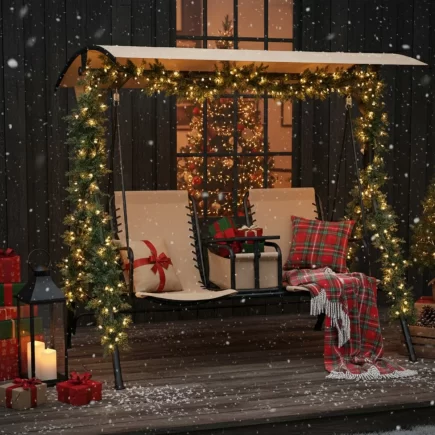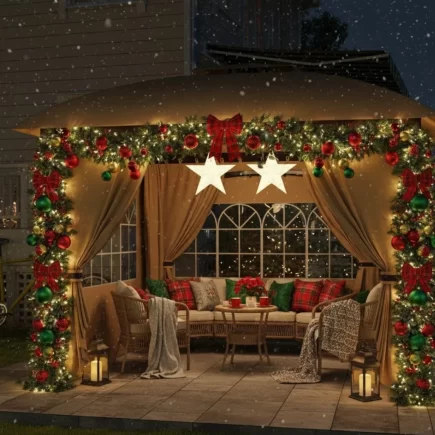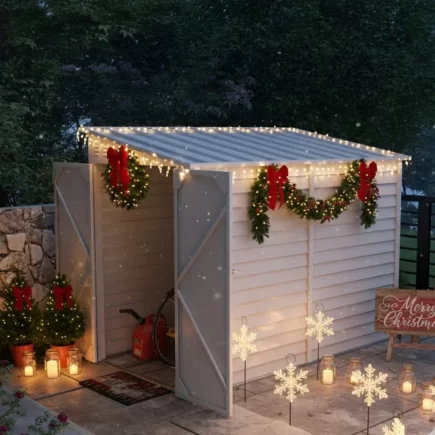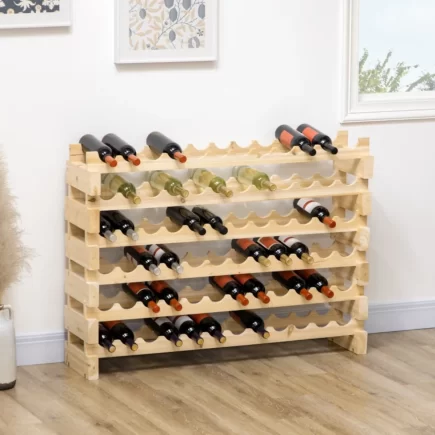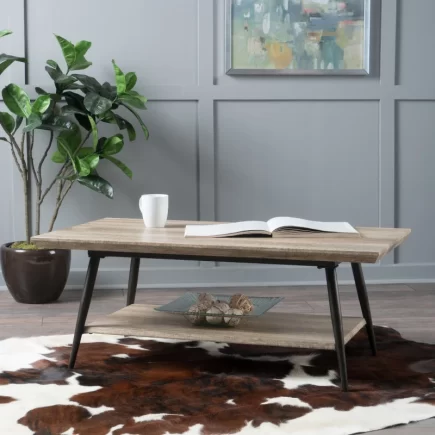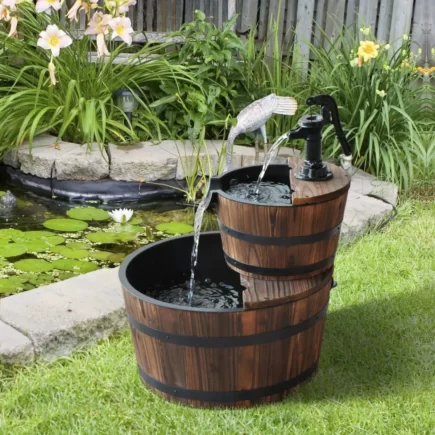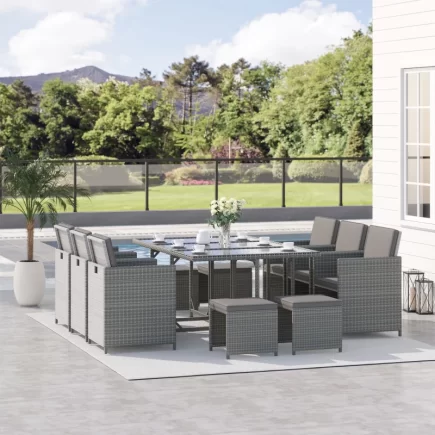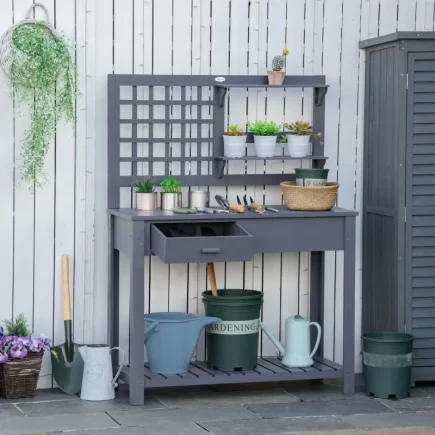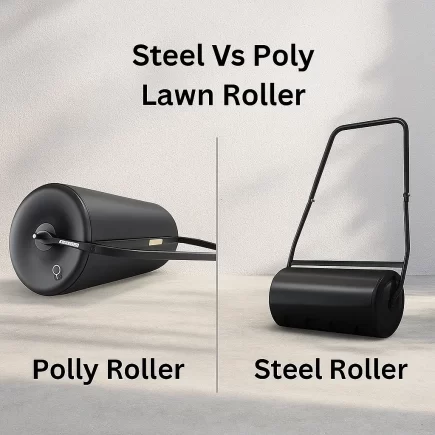When it comes to outdoor furniture, few pieces are as beloved as a swing. Whether perched on your porch, nestled in your garden, or placed in a tranquil backyard setting, swings offer a special place for relaxation, play, and making memories. However, this enjoyment can be short-lived without proper protection. Outdoor swings are exposed to the elements, which can lead to wear and tear. If you’re wondering how to protect your outdoor swing and extend its lifespan, you’ve come to the right place.

In this guide, we’ll cover everything you need to know about protecting your outdoor swing, including the materials it’s made from, the best ways to shield it from weather damage, how to maintain its durability, and even tips on choosing the right protective cover.
How to Protect Swing: 7 Quick Guide Steps
- Choose the Right Cover: Select a durable, weather-resistant cover that fits your swing snugly.
- Ensure Quick Setup: Opt for covers with elastic hems or drawstrings for fast installation.
- Store Your Cover Neatly: Use storage bags or foldable covers to save space when not in use.
- Maintain Regularly: Clean your cover frequently with water-resistant materials to prevent buildup.
- Check Weather Protection: Make sure your cover provides UV protection and is waterproof to avoid damage.
- Inspect for Durability: Look for heavy-duty fabrics like 600D polyester with reinforced stitching.
- Ensure Proper Fit: Measure your swing and select a cover with adjustable straps for a tight, secure fit.
Primary Protection Covers Against Weather Damage
To keep your outdoor swing in top condition, protecting it from the elements is crucial. Here’s how you can safeguard it from the most common weather-related threats.
Waterproof Protection
Rain is one of the most damaging elements for outdoor furniture. Moisture can cause wood to rot, metal to rust, and fabric to mildew. A high-quality waterproof cover will shield your swing from rain, snow, and even the morning dew.
Key Features to Look for in Waterproof Covers:
- Breathability: Choose covers that allow air to circulate. This helps prevent moisture buildup and mold growth under the cover.

- Secure Fit: The cover should fit snugly around the swing, protecting all surfaces while staying securely in place during windy weather.
UV Protection
The sun’s UV rays can cause irreversible damage to outdoor furniture, particularly wood and fabric. Over time, the UV rays break down the materials, causing fading, cracking, and weakening. Using UV-resistant covers or applying UV-protectant coatings can help mitigate these effects.
UV Protection Strategies:
- UV-Resistant Covers: Choose covers that are designed to block UV rays. These covers not only protect your swing but also help maintain its vibrant color.

- Wood Treatment: Use UV-protectant oils or stains specifically formulated for wood to shield it from the sun’s harmful rays.
- Fabric Protection: For fabric swings, use UV-resistant fabric or apply a UV-resistant spray to prolong the lifespan of the cushions and canopies.
Wind Protection
Strong winds can tip over swings or cause damage to their structure. To avoid this, consider anchoring your swing or using covers designed to stay securely in place.
Wind Protection Strategies:
- Anchor Your Swing: Use ground anchors to secure the swing to the ground, preventing it from tipping over during high winds.
- Windbreaks: Position your swing in a location where natural windbreaks, like trees or walls, can provide additional protection.

- Weighted Covers: Some covers come with built-in weights or tie-downs that help keep them in place even during strong gusts of wind.
Animal Protection
Animals, including pets and wildlife, can cause damage to your swing if left unprotected. Here’s how to prevent this:
Animal Protection Strategies:
- Use covers made from chew-resistant materials to prevent pets from damaging the swing’s fabric or frame.

- Install protective shields or use swing covers that remain securely in place to deter animals from nesting or chewing on the swing.
Seasonal Maintenance
Different seasons bring different challenges. It’s essential to adjust your swing’s protection and maintenance routine depending on the time of year.
Summer
Focus on sun protection, regular cleaning, and ensuring that cushions and fabric components are in good condition.
Winter
When temperatures drop, ensure that your swing is either covered with a waterproof cover or brought inside to prevent frost and snow damage.

Spring and Fall
Use these transitional seasons to perform thorough inspections and prepare for the upcoming weather changes.
Maintenance of Swing
Maintaining your swing’s durability is key to ensuring it lasts for years. Let’s take a look at the maintenance practices that will keep your swing in optimal condition.
Weather-Resistant Materials
Investing in high-quality, weather-resistant materials is a proactive way to ensure your swing can withstand the elements. Look for covers and protective coatings made from materials such as:
- Vinyl: Durable and resistant to water and UV rays.
- Polyester: Often treated for water and UV resistance, it’s a great option for outdoor furniture covers.
- Powder-Coated Metal: This finish helps metal resist rust and corrosion, making it ideal for swing frames.
Rust and Rot Prevention
Protecting your swing from rust and rot is essential for maintaining its functionality and appearance. Whether your swing is made from wood or metal, there are steps you can take to prevent these common issues.
For Wooden Swings
- Apply waterproof sealants every 12-18 months.
- Use oil-based stains that protect against moisture and UV rays.
For Metal Swings
- Regularly apply rust-resistant sprays to metal components.

- Check for signs of rust, and immediately address any small patches before they spread.
Lubrication and Tightening Hardware
Outdoor swings have many moving parts, such as chains, joints, and frames. Over time, these parts can wear down or become loose, leading to squeaks, instability, or even failure. To prevent this, perform regular maintenance on the hardware.
- Lubricate Chains and Joints
Use weather-resistant lubricants, such as silicone-based or marine-grade lubricants, to reduce friction and ensure smooth movement.

- Tighten Nuts and Bolts
Inspect and tighten all nuts, bolts, and connections to prevent any wobbling or instability.
How to Select the Best Protective Cover For Your Swing
One of the easiest ways to protect your outdoor swing is by using a protective cover. Here’s how to select the best one for your needs.
Material Selection
Choose a cover made from breathable, waterproof, and UV-resistant material to ensure your swing is fully protected from the elements. Look for covers made from polyester or vinyl, as these materials are durable and offer excellent protection against rain, wind, and UV rays.
Custom-fit vs. Universal Covers
While universal covers may seem convenient, they don’t always provide the best protection. Custom-fit covers, on the other hand, are tailored to your swing’s specific dimensions, providing a snug and secure fit.
Eco-Friendly Protection Options
As an environmentally conscious consumer, you may prefer to choose eco-friendly protection options for your swing.
Opt for covers made from sustainable fabrics, such as recycled polyester, or choose products that are made from non-toxic, biodegradable materials.
Long-Term Care For Your Outdoor Swing
To maintain the longevity of your swing, regular maintenance is key. Professional restoration services can help with deep cleanings and refinishing, but you can also tackle small maintenance tasks yourself.
With the right protection, your Outdoor Swing can remain a beloved part of your outdoor space for many years. Regular maintenance, weather-resistant covers, and proper care will ensure it stays looking great and functioning well, regardless of the weather. Protecting your swing today means enjoying it for many seasons to come.
FAQS
1. How do I protect my outdoor swing from tree sap and bird droppings?
To protect your swing from tree sap and bird droppings, use a waterproof cover that can easily be removed and cleaned. Regularly clean the swing’s surface to prevent buildup and consider positioning it away from trees to minimize exposure.
2. How can I prevent fading of my swing’s fabric from constant sun exposure?
To prevent fabric fading, use UV-resistant covers or choose fabric cushions treated with UV inhibitors. Alternatively, apply a UV-protectant spray to cushions and fabric elements to maintain their color and strength.
3. How do I know if my swing needs maintenance or repairs?
Check your swing regularly for signs of wear, such as cracks, loose hardware, rust, or faded fabric. If parts seem unstable or if you notice significant damage, it’s best to address repairs immediately to prevent further deterioration.
4. Can I leave my swing outside during the winter if it’s covered?
Yes, if covered with a high-quality waterproof and breathable cover, your swing can stay outside during winter. However, it’s better to bring it indoors or store it in a sheltered area to avoid long-term weathering from snow and ice.
5. How can I stop my swing from wobbling or becoming unstable?
To stop wobbling, check for loose hardware such as bolts or screws and tighten them regularly. Also, inspect the frame for any cracks or weak joints, and lubricate moving parts to maintain smooth operation and stability.


